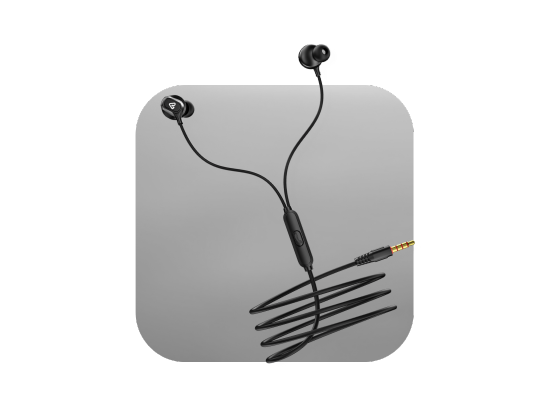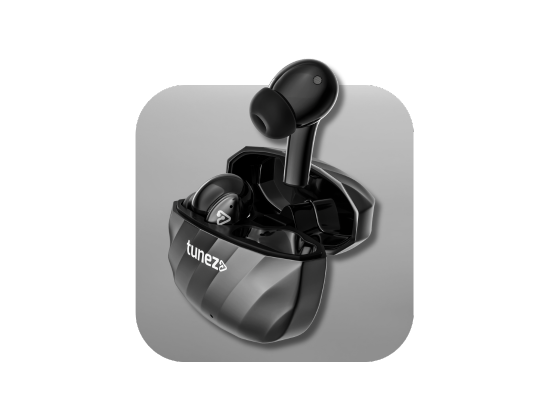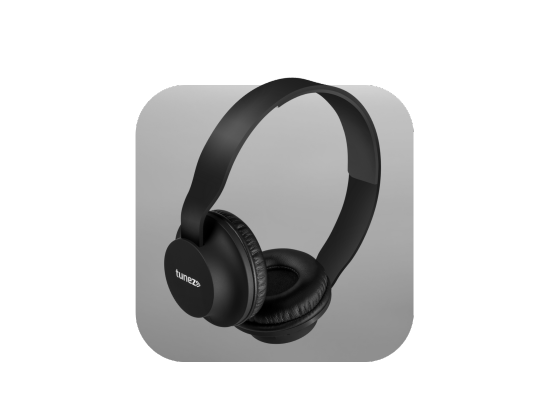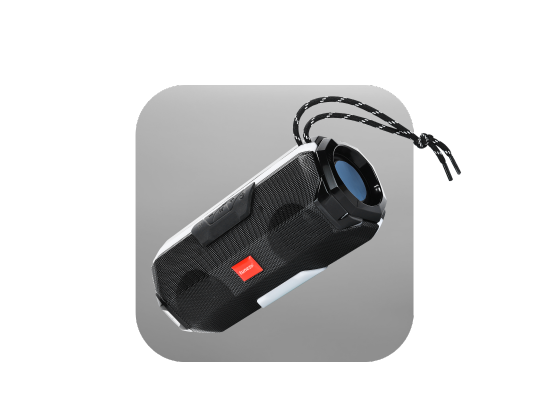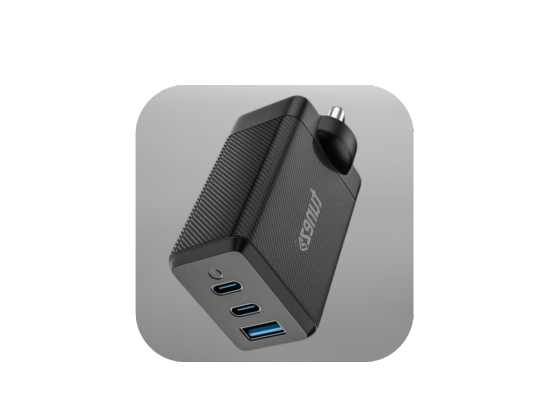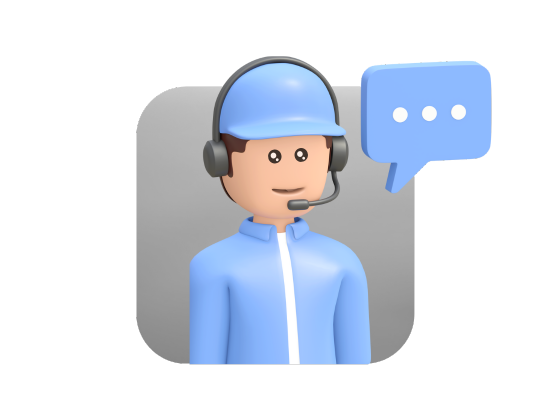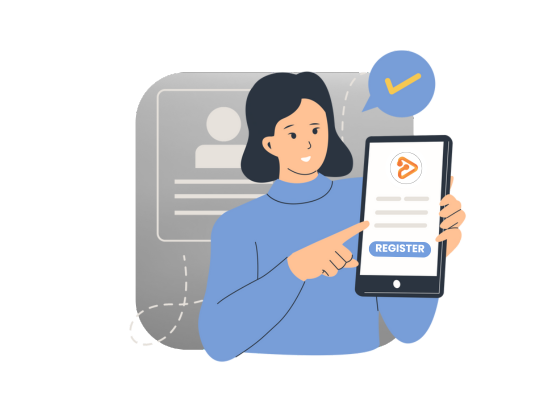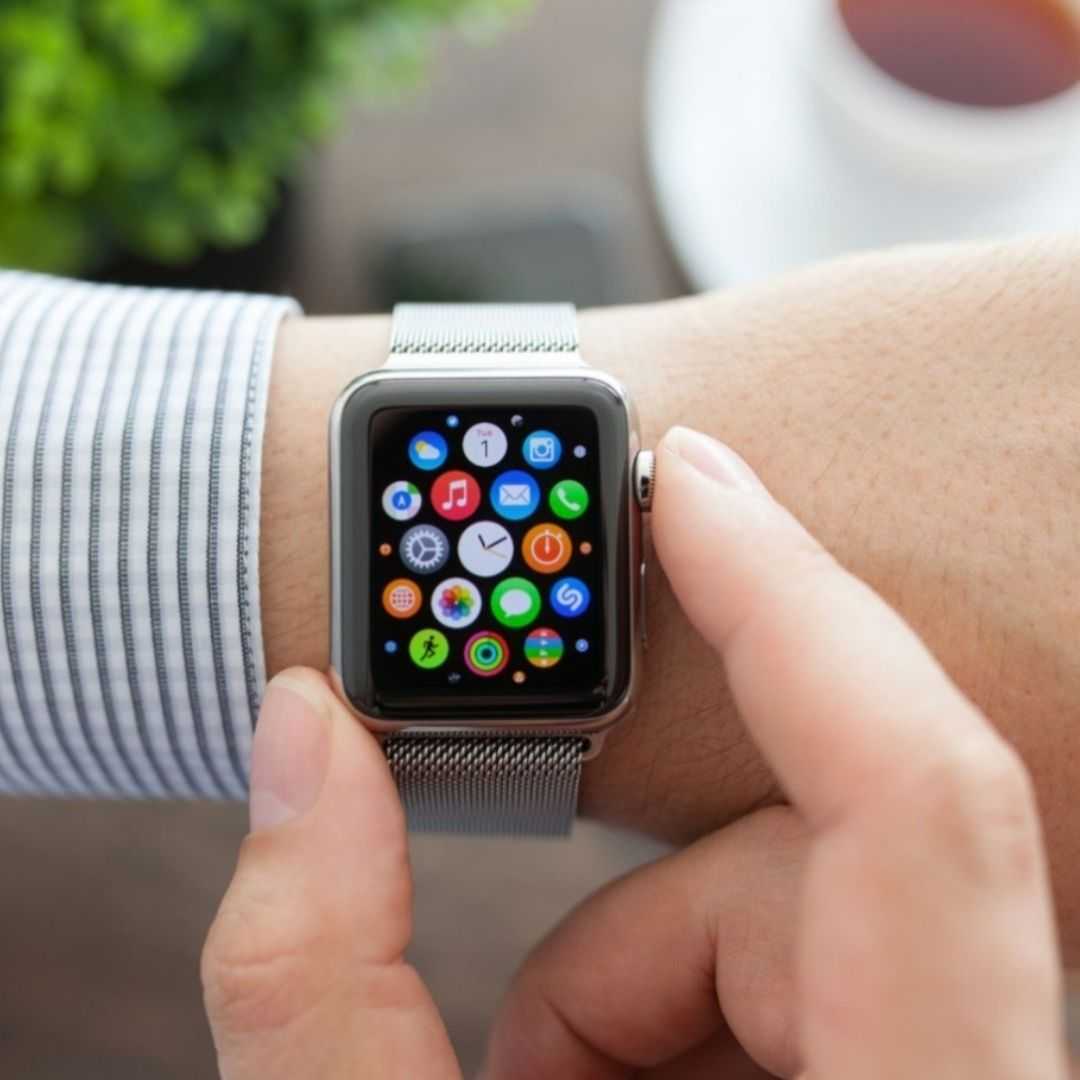Smartwatches have become everyday health companions. They track steps, sleep, and heart rate with ease. The question many people ask is simple and important. Can a smartwatch measure blood pressure with useful accuracy, and how should you use that information
This guide explains how wrist devices estimate blood pressure, what affects accuracy, and how to get better readings. You will also learn when to rely on a standard cuff and how to use your watch in a responsible way.
How Smartwatches Estimate Blood Pressure?
Most models do not use an inflatable cuff. They rely on optical and timing signals gathered from your wrist.
- Photoplethysmography tracks tiny changes in light as blood moves under the skin.
- Pulse Transit Time estimates how fast a pulse wave travels between two points, such as the heart and wrist.
- Algorithms convert these signals into a blood pressure estimate after you calibrate with a cuff.
This approach can show trends throughout the day. It is not a direct measurement. Clinical cuffs remain the reference for diagnosis and treatment.
Shop wireless neckbands designed for comfort and powerful sound that let you enjoy your favorite tracks calls and workouts with flexibility and style every day.
What Accuracy to Expect?
Accuracy varies by model, fit, and user behavior. Results are usually reasonable for trend tracking in healthy adults. They are less reliable for people with irregular rhythms, poor circulation, tattoos over the sensor, or an ill fitting band.
Two facts help set expectations.
- Cuff-based devices compress an artery and read pressure directly.
- Watch-based estimates infer pressure from light and timing signals.
Use your smartwatch as a screening tool and a habit builder. Confirm important values with a validated cuff.
How to Get Better Readings?
Follow these simple steps to support more stable results.
- Sit quietly for three minutes with your back supported and feet flat.
- Wear the band snug above the wrist bone, not loose and not painful.
- Keep the watch at heart level and stay still during the reading.
- Avoid caffeine, nicotine, and hard exercise for thirty minutes beforehand.
- Calibrate with a trusted cuff as directed by the app and repeat calibration monthly or when your health changes.
Calibration Matters
Many devices require initial calibration with a standard cuff. The watch learns your personal relationship between pulse timing and pressure. Without calibration, readings can drift. If you change medications, lose weight, or notice larger differences, recalibrate and compare again.
Shop true wireless earbuds with premium sound deep bass and noise isolation that bring you complete freedom and comfort for music calls and gaming anywhere.
Where Do Smartwatch Readings Help the Most?
Smartwatches are useful for daily awareness. You can see morning and evening patterns, effects of stress, and how sleep or activity shapes your numbers. This context supports healthier choices and better conversations with your clinician.
Consider using watch trends to
- Notice lifestyle triggers such as poor sleep or high stress.
- Track the impact of diet and gentle exercise over several weeks.
- Share summaries with your healthcare provider for a fuller picture.
Important Limitations and Safety Notes
- A smartwatch estimate is not a medical diagnosis.
- Do not change medication or treatment based only on watch readings.
- If you see unusually high or low values that repeat, verify with a cuff and seek medical advice.
- People with arrhythmias may see unstable results.
Shop wireless headphones with high resolution sound noise isolation and cushioned comfort built for music movies and gaming with ultimate clarity all day.
How to Measure Blood Pressure with a Smartwatch
Here is a quick routine you can follow. It reflects the best practices many makers recommend.
- Calibrate with a validated arm cuff following the in app steps.
- Take readings at the same times each day, such as morning and evening.
- Sit, relax, and keep the device at heart level during the reading.
- Log notes about sleep, stress, caffeine, or exercise to add context.
- Export a weekly summary to review trends rather than single values.
Making a Smartwatch Work for Your Health
The biggest value appears when you pair consistent habits with reliable tools. Set gentle reminders for quiet readings, hydration, and movement breaks. Use watch insights to start informed conversations rather than to replace professional care.
Set-up Tips that Improve Reliability
- Keep the firmware and the companion app updated.
- Clean the sensor and your skin, especially after workouts.
- Choose a comfortable band that stays snug throughout the day.
- Enable permission for background health data so trends remain complete.
Real Truth About Smartwatch Blood Pressure Tracking
So, can a smartwatch measure blood pressure? The short answer is that it can estimate blood pressure and reveal trends when you calibrate well and follow best practices. For medical decisions, confirm with a validated cuff and your clinician. Used wisely, your watch becomes a helpful partner in long-term heart health.
Shop Bluetooth speakers with powerful bass crystal clear vocals and portable designs that keep your music alive whether indoors or outdoors all day long.
FAQs About Can a Smartwatch Measure Blood Pressure
1. How to make a smartwatch work for blood pressure checks?
Calibrate with a standard cuff, then take seated readings at the same times daily, keeping the watch at heart level for consistency.
2. How does a smartwatch work for blood pressure estimates?
Optical sensors track blood flow and timing, then algorithms convert signals into an estimated value that reflects trends rather than a clinical diagnosis.
3. How does a smartwatch work with my phone for BP data?
It syncs through Bluetooth, stores readings in the health app, and creates charts so you can review patterns or share summaries with your clinician.
4. Is a blood pressure watch accurate for medical use?
It is best for trend tracking and lifestyle feedback, and any important number should be confirmed with a validated arm cuff before action.
5. What if my smartwatch BP reading seems wrong?
Repeat the reading after three minutes of rest, check band fit and position, then compare with a cuff and recalibrate if differences persist.
